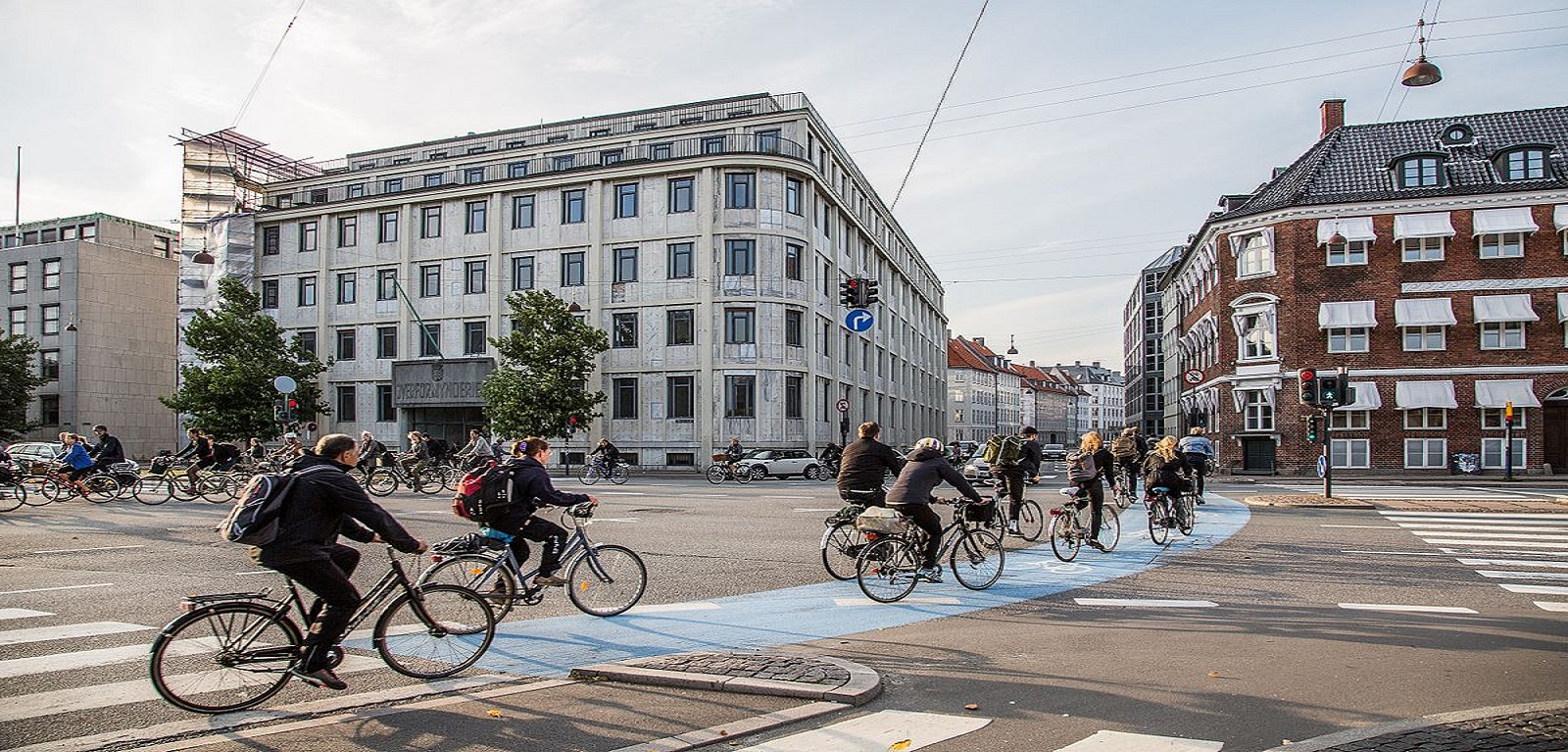Promoting physical activity is key to achieving U.N. Sustainable Development Goals
A new study by Queen’s University Belfast and Washington University in St. Louis shows that promoting physical activity is key to achieving the U.N. Sustainable Development Goals (SDG’s).

The research provides new evidence to show that integrating strategies to promote increased physical activity is a key part of the action plan for achieving the United Nations Sustainable Development Goals.
The study, ‘Physical Activity Promotion and the United National Sustainable Development Goals: Building Synergies to Maximize Impact’ was published in the Journal of Physical Activity and Health. It is the first study to systematically explore the links between the seven strategies known to be effective for promoting physical activity at scale or a population-wide level, and the 17 U.N. development goals (SDGs).
The study found strong links between physical activity promotion strategies and eight out of the 17 SDGs: good health and well-being (SDG 3); gender equity (SDG 5); industry, innovation and infrastructure (SDG 9); reduced inequalities (SDG 10); sustainable cities and communities (SDG 11); climate action (SDG 13); and peace, justice and strong institutions (SDG 16).
Deborah Salvo, Assistant Professor of Public Health at Washington University in St. Louis and lead author on the study, said: “Physical inactivity has been characterized as a pandemic, accounting for 7% of all premature deaths per year globally and resulting in billions of dollars spent on health-related expenditures.”
The international research team applied a modelling method to simulate the effects of large-scale physical activities strategies to gain insights on the potential impacts of widespread scale-up of active transport systems and active urban design strategies on three different city types of high-, middle- and low-income countries.
The simulation results indicated that expected physical activity gains are greater for low- and middle-income countries. In high-income countries with high car dependency, physical activity promotion strategies may help to reduce air pollution and traffic-related deaths, but shifts toward more active forms of travel and recreation and climate change mitigation may require complementary policies that disincentivize driving.
Dr Leandro Garcia, from the Centre for Public Health at Queen’s University Belfast and co-author, said: “The simulation results reveal context-specific relations. In terms of physical activity increases, low- and middle-income country cities stand more to gain from urban transformations that prioritize equitable access to walking, cycling, public transport, and recreational infrastructure. As for high-income country cities, findings suggest that to observe meaningful improvements in physical activity levels and climate change mitigation, these types of strategies may need to be further complemented by policies that increase the cost of driving.”
“Our research provides strong evidence to illustrate the multiple benefits of promoting physical activity on a large scale, not just for specific areas or populations. The benefits are huge for individuals, communities and to the planet and goes a long way in contributing to the U.N. sustainable development agenda.”
He concluded: “As well as helping to prevent chronic disease, promoting physical activity at scale can reduce traffic deaths and pollution. It helps to create more equitable societies and reduce climate change. Physical activity promotion strategies can bring benefits beyond health and bring us closer to a more equitable, sustainable and environmentally friendly future.”
Media
Media enquiries to comms.officer@qub.ac.uk